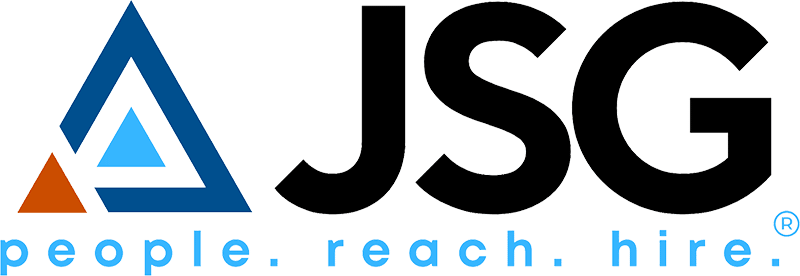
How To Address COVID-19 In A Job Interview
In the job search world, COVID-19 can feel like the giant elephant in the room. Whether you are on the front lines, working from home,

How to Avoid Work from Home Burnout this Year
Many of you have been working from home for nearly a year. The days can start to get fuzzy, and your workday and personal life

3 Signs You’re on The Verge of A WFH Burnout
Show of hands: how many of you remote workers thought you would still be working from home in November? Yeah, neither did I. It has

The Cities With The Highest (and Lowest) Workforce Confidence
The coronavirus has hit cities in waves. Some are thriving, while others are seeing a spike in cases, and as a result, a higher unemployment

Jobs with The Most Demand in October
As we are now well into the last quarter of 2020 and with the holiday season lurking around the corner, new waves of jobs are

Four Industries That Are Pandemic Proof
Economists, politicians, and everyone in between have discussed how the country is entering a two-track recovery process. Some industries are really struggling to survive throughout



